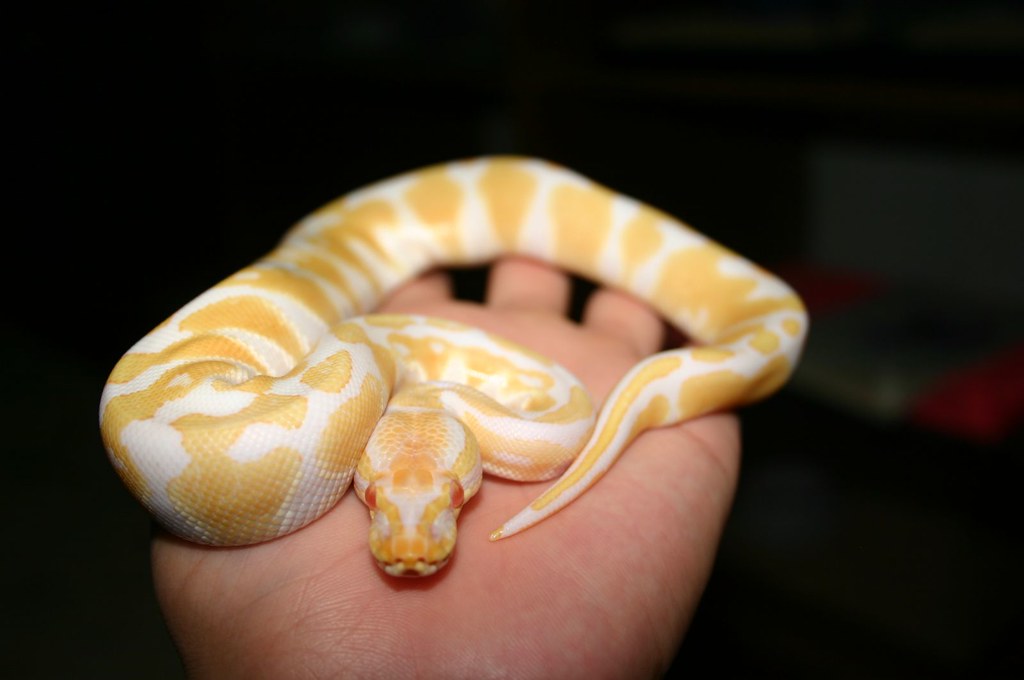Entering the world of exotic reptile ownership can be both exciting and intimidating. These fascinating creatures offer a different kind of companionship than traditional pets, with their prehistoric appearance and unique care requirements. For beginners, choosing the right reptile is crucial – some species require complex habitats, specialized diets, or have temperaments unsuitable for novices. This guide explores the most beginner-friendly exotic reptiles, highlighting species that combine reasonable care needs with engaging behaviors and manageable sizes. Whether you’re drawn to the gentle demeanor of certain lizards or the methodical movements of specific snakes, there’s likely a scaled companion that fits your lifestyle and experience level.
Leopard Geckos: The Ideal Starter Reptile
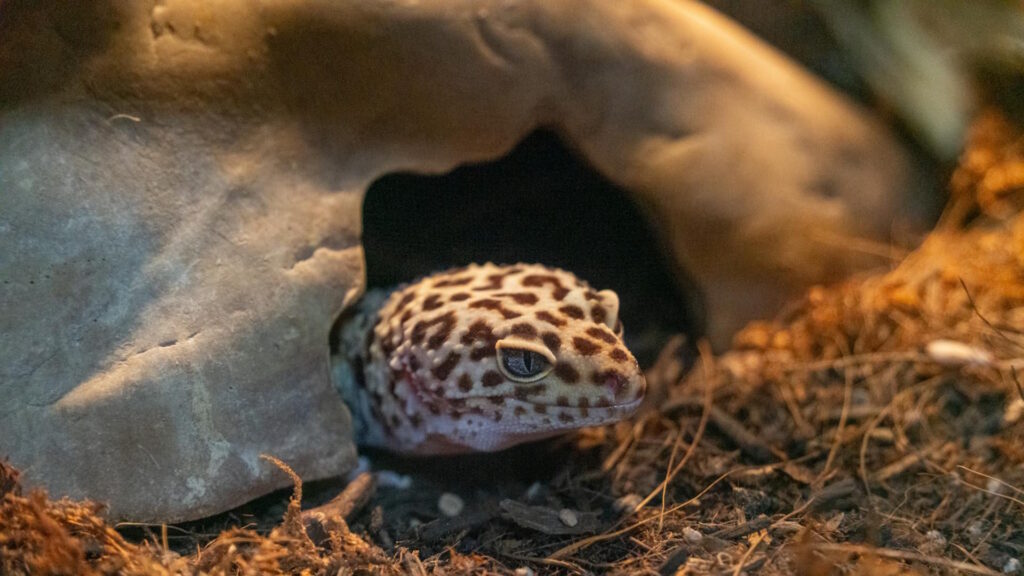
Leopard geckos (Eublepharis macularius) stand out as perhaps the perfect entry point into reptile keeping. These charming lizards typically grow to just 8-10 inches, making them manageable in size and suitable for modest enclosures. Unlike many reptiles, leopard geckos are naturally docile and generally tolerate handling well, though they should always be supported properly and handled gently. Their care requirements are straightforward – they need a simple terrarium with a warm side and cool side (known as a thermal gradient), a hiding spot, and a shallow water dish. Their diet consists primarily of commercially available insects like crickets and mealworms, which can be gut-loaded and dusted with calcium supplements to ensure proper nutrition.
Crested Geckos: Low-Maintenance Arboreal Options
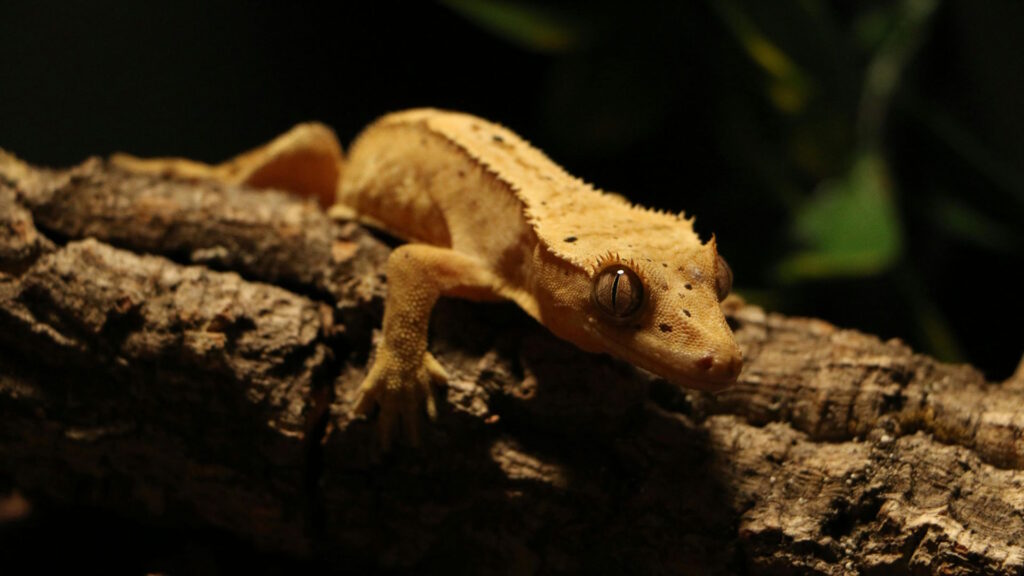
Crested geckos (Correlophus ciliatus) have surged in popularity due to their relatively simple care requirements and distinctive appearance. These New Caledonian reptiles sport a “crest” of skin that runs from their eyes to their tail, giving them a unique silhouette among pet lizards. A significant advantage for beginners is their diet – crested geckos can thrive on commercially prepared powder diets mixed with water, eliminating the need to constantly purchase and maintain live insects. They require a vertical terrarium with branches and plants for climbing, moderate humidity, and room-temperature conditions that don’t necessitate specialized heating equipment in most homes. Their docile nature and moderate size (typically 6-8 inches) make them suitable for careful handling, though they’re known for their jumping ability, so caution is advised.
Bearded Dragons: Personable Desert Dwellers

Bearded dragons (Pogona vitticeps) represent a slightly larger commitment but offer remarkable personality and interaction potential. These Australian lizards are known for their social behavior – many learn to recognize their owners and may even enjoy sitting on shoulders or laps during supervised handling sessions. Their care requires more space (a minimum 40-gallon terrarium for adults) and specialized lighting including UVB bulbs to prevent metabolic bone disease. Bearded dragons consume a varied diet of insects and vegetables, with the ratio shifting toward more plant matter as they mature. Their lifespan typically ranges from 8-12 years, making them a longer-term commitment than some smaller reptiles. Despite these more complex requirements, their friendly demeanor and fascinating behaviors make them worth the additional effort for many first-time reptile keepers.
Ball Pythons: Gentle Snake Species
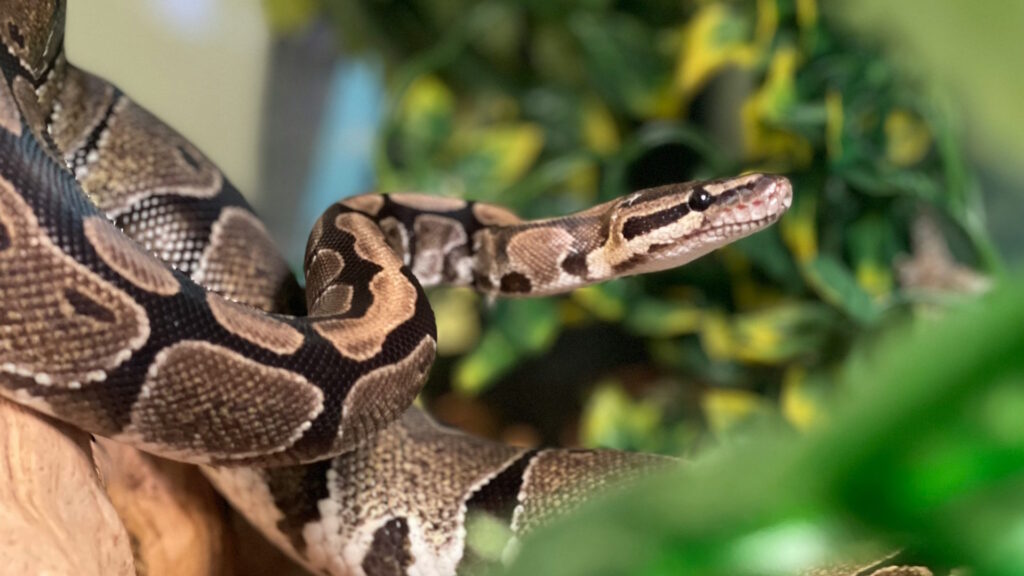
For those interested in snakes rather than lizards, the ball python (Python regius) offers an excellent entry point into serpent keeping. These West African constrictors are known for their docile temperament and manageable size, typically reaching 3-5 feet in length – substantial enough to be impressive without the housing challenges of larger snake species. Ball pythons earned their name from their defensive behavior of curling into a ball when stressed, rather than striking aggressively. Their housing requirements include a secure enclosure with proper temperature gradient, hiding spots, and appropriate substrate. Feeding involves offering pre-killed rodents (typically mice or small rats) every 7-14 days depending on the snake’s age and size. With proper care, these snakes can live 20-30 years, representing a significant long-term commitment.
Corn Snakes: Colorful and Adaptable

Corn snakes (Pantherophis guttatus) have earned their reputation as perhaps the most beginner-friendly of all snake species. These North American colubrids display a stunning array of color morphs, from classic orange and red patterns to lavenders, snows, and caramels thanks to selective breeding. Their care requirements are straightforward – they need a secure enclosure with a thermal gradient, hiding spots, and fresh water. Corn snakes typically reach 3-5 feet in length and have slender builds, making them easy to house in modestly sized terrariums. Their feeding regimen consists of appropriately sized mice offered weekly for younger snakes and every 10-14 days for adults. Unlike some reptiles, corn snakes rarely show aggression toward handlers and are known for their calm, curious disposition when properly socialized.
Blue-Tongued Skinks: Hardy and Handleable

Blue-tongued skinks, particularly the Northern (Tiliqua scincoides intermedia) and Indonesian (Tiliqua gigas) species, offer beginners a robust and personable lizard option. These stout-bodied lizards are immediately recognizable by their bright blue tongues, which they display when threatened—though captive-bred specimens rarely show defensive behaviors toward their keepers. Their omnivorous diet includes vegetables, fruits, and protein sources (including commercially prepared dog food), making feeding relatively simple compared to insect-dependent species. Blue-tongued skinks typically reach 18-24 inches in length and require spacious enclosures with proper thermal gradients and UVB lighting. Their thick scales and sturdy build make them less fragile than many lizards, and most specimens tolerate regular handling exceptionally well, often becoming quite tame with consistent interaction.
Russian Tortoises: Long-lived Herbivores

For those seeking a reptilian companion with exceptional longevity, the Russian tortoise (Testudo horsfieldii) presents an excellent option. These compact chelonians typically reach only 8-10 inches in shell length, making them one of the smaller tortoise species available in the pet trade. Russian tortoises thrive on a herbivorous diet centered around leafy greens, vegetables, and occasional fruits, with commercial tortoise foods available as supplements. Their enclosure needs include ample floor space for roaming, a substrate deep enough for burrowing, UVB lighting, and access to both sunny and shaded areas if kept outdoors in suitable climates. One significant consideration is their potential lifespan of 40+ years, making them a multi-decade commitment that may outlive many traditional pets.
Kenyan Sand Boas: Small Burrowing Snakes

Kenyan sand boas (Gongylophis colubrinus) offer a distinctive alternative for beginners interested in keeping a snake with unique behaviors and modest space requirements. These stocky, cylindrical snakes typically reach only 18-24 inches in length, making them one of the smallest boa species in the pet trade. Their natural burrowing behavior means they spend much of their time beneath the substrate, occasionally peeking out with just their eyes and snout visible—a charming trait that many keepers appreciate. Housing requirements include a secure enclosure with several inches of appropriate substrate (such as aspen shavings or play sand), hiding spots, and a proper thermal gradient. Their diet consists of appropriately sized mice offered every 7-14 days, and their docile temperament makes them suitable for careful handling, though they’re best appreciated for their interesting behaviors rather than as handling pets.
Uromastyx: Desert-Dwelling Vegetarians

Uromastyx lizards, particularly the more common species like the Moroccan (Uromastyx acanthinura) and Egyptian (Uromastyx aegyptia), offer beginners a fascinating herbivorous option with distinct care requirements. These desert-dwelling lizards have specialized adaptations for arid environments, including a large, spiny tail used for fat storage and self-defense. Their diet consists primarily of leafy greens, vegetables, and seeds, with minimal protein requirements compared to many other reptiles. Uromastyx require intense heat and UVB lighting to properly digest their plant-based diet, with basking areas reaching 120°F, though they also need cooler retreats within their enclosure. While not as immediately handleable as some lizards, properly socialized specimens often become comfortable with gentle interaction, and many keepers appreciate their curious nature and distinctive appearance.
Children’s Python: Australia’s Beginner Snake
The Children’s python (Antaresia childreni)—named after zoologist John George Children, not for its suitability for children—represents an excellent small python option for beginners. These Australian pythons typically reach only 3-4 feet in length, making them significantly more manageable than their larger relatives. Children’s pythons display calm temperaments when properly acclimated to handling, and their care requirements remain straightforward with appropriate enclosure temperatures, hiding spots, and a secure lid. Feeding involves offering appropriately sized mice every 7-14 days depending on the snake’s age and size. Their moderate humidity requirements (40-60%) are easier to maintain than some tropical species, and they don’t require the specialized misting systems needed for more humidity-dependent reptiles.
Chinese Water Dragons: Intermediate Challenge

Chinese water dragons (Physignathus cocincinus) represent a slightly more advanced beginner option for those willing to invest in proper setup and maintenance. These striking emerald lizards with their distinctive crests and dewlaps can reach 2-3 feet in length including their long tails. Water dragons require large enclosures with both terrestrial and aquatic elements, including branches for climbing and a large water area for swimming and soaking. Humidity requirements (70-80%) necessitate regular misting and proper ventilation to prevent respiratory issues. Their diet includes a variety of insects, occasional small vertebrate prey for adults, and some plant matter. With proper socialization from a young age, many water dragons become remarkably tame and can be fascinating, active pets for keepers willing to meet their more complex environmental needs.
Gargoyle Geckos: Crested Gecko Cousins

Gargoyle geckos (Rhacodactylus auriculatus), close relatives of the crested gecko, offer beginners another excellent New Caledonian option with distinctive appearance and straightforward care. Named for the bumpy “horns” above their eyes, these geckos typically reach 7-9 inches in length and display fascinating patterns and colorations ranging from orange to chocolate brown with various mottling. Like their crested cousins, gargoyle geckos can thrive on commercially prepared powder diets supplemented occasionally with insects, simplifying feeding routines. They require vertical terrariums with branches and foliage for climbing, moderate humidity maintained through regular misting, and temperatures between 72-80°F that rarely require additional heating in most homes. Their generally calm disposition makes them suitable for occasional, gentle handling, though they should be treated as display animals primarily.
Essential Considerations Before Purchase

Before bringing home any exotic reptile, prospective owners should thoroughly research the specific needs of their chosen species and prepare appropriate housing in advance. Reptiles require specialized equipment including proper enclosures, substrate, heating elements, thermostats for temperature regulation, and often UVB lighting systems that can represent a significant initial investment. Potential owners should also locate a veterinarian experienced with reptiles in their area, as exotic pet care differs substantially from that of cats and dogs. Ethical sourcing represents another important consideration – captive-bred specimens generally adapt better to captivity, harbor fewer parasites, and don’t contribute to wild population depletion. Finally, prospective keepers should honestly assess their long-term commitment, as many reptiles live decades with proper care, representing a significant responsibility beyond the initial novelty.
Conclusion
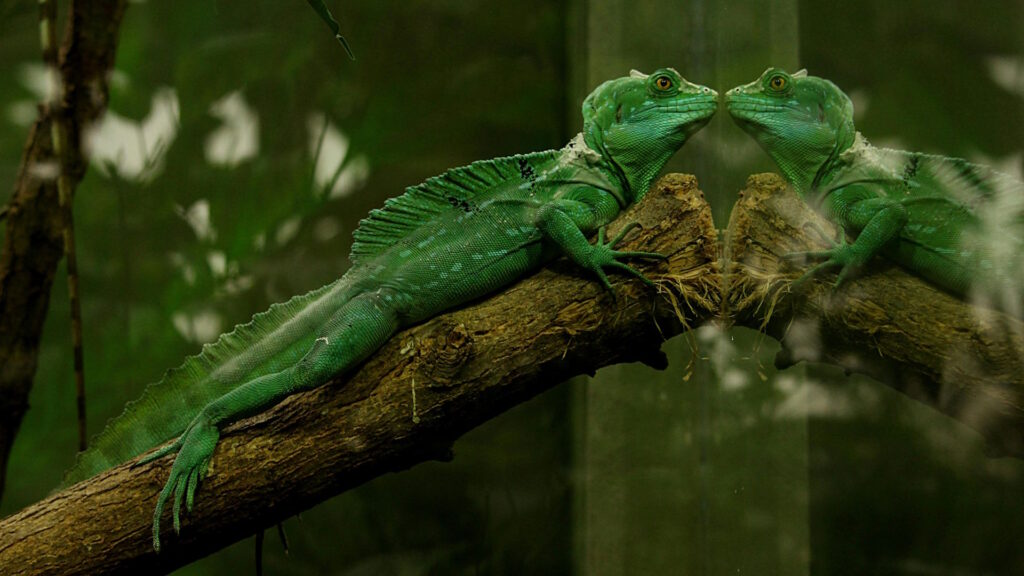
Entering the world of exotic reptile keeping can be immensely rewarding for those who approach it with proper research and preparation. The species highlighted here offer beginners accessible entry points into reptile husbandry while still providing the fascinating behaviors and unique characteristics that draw people to these ancient creatures. By selecting an appropriate species that matches your experience level, available space, and commitment capability, you can embark on a fulfilling journey of reptile keeping that may develop into a lifelong passion. Remember that responsible ownership includes providing proper veterinary care, appropriate nutrition, and enriching environments that allow these remarkable animals to thrive rather than merely survive in captivity.




